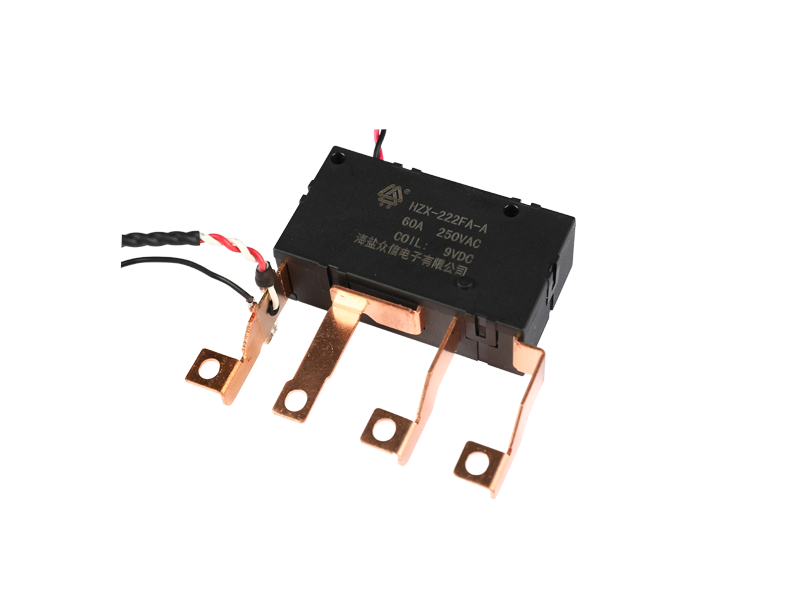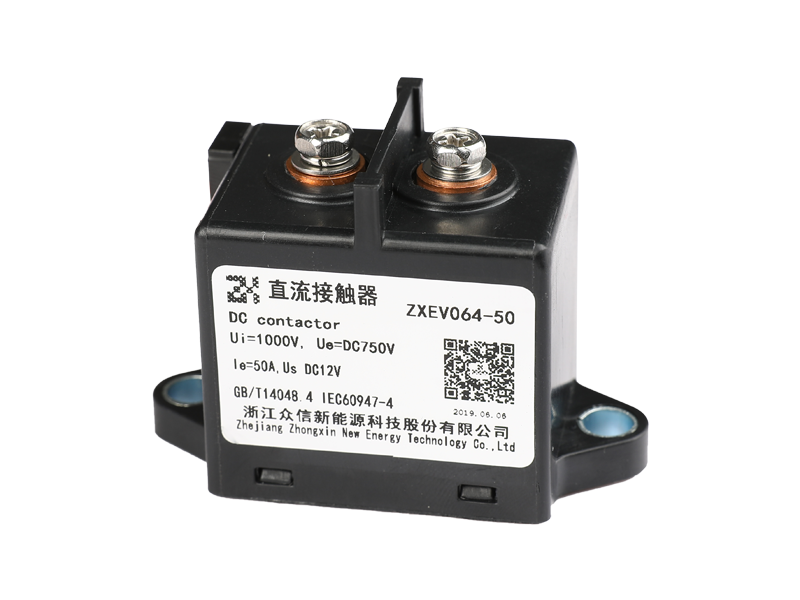1. Safety analysis of electric system of pure electric vehicle
The electric system of a pure electric car mainly includes a low-voltage electrical system, a high-voltage electrical system, and a CAN communication information network system.
1. The low-voltage electrical system uses a 12 V power supply system. In addition to powering conventional low-voltage electrical appliances such as lighting systems, entertainment systems, and wipers, it also provides vehicle controllers, battery management systems, motor controllers, and DC / DC converters. And the control circuit power supply of high-voltage accessories such as electric air conditioners;
2. High-voltage electrical systems mainly include power battery packs, electric drive systems, DC / DC voltage converters, electric air conditioners, electric heaters, on-board charging systems, off-board charging systems, and high-voltage power safety management systems;
3. The CAN bus network system is used to realize the mutual communication between the vehicle controller and the motor controller, as well as the control units such as the battery management system, high-voltage electric safety management system, electric air conditioner, vehicle charger and non-vehicle charging equipment.
The voltage and current levels of pure electric vehicles are relatively high. The power voltage is generally 300 to 400 V (DC), and the current can reach several hundred amps in an instant. The magnitude of the safe voltage that the human body can withstand depends on the current allowed by the human body and the resistance of the human body. Relevant research shows that the human body resistance is generally between 1 000 and 3 000 Ω. Human skin resistance is related to the skin state. It can reach tens of thousands of ohms under dry, clean and non-destructive conditions. However, the resistance of wet skin, especially under operation, may drop below 1 000 Ω. Because China's safety voltage is mostly 36 V, it is roughly equivalent to the case of human body allowable current of 30 mA and human body resistance of 1 200 Ω. Therefore, the voltage of any two live parts of the electric car accessible to the human body must be less than 36 V. According to the requirements of international electrical standards, the safety threshold of the current that the human body does not feel is 2 mA. This requires that when the human body directly touches any part of the electrical system, the current flowing through the human body should be less than 2 mA before the vehicle insulation is considered qualified.
Therefore, during the development of pure electric vehicles, special consideration should be given to the insulation of the electrical system, and the design should be strictly in accordance with the relevant national standards of electric vehicles to ensure that the insulation resistance can meet personal safety requirements and that the insulation resistance is greater than 100 Ω / V.
2. Overview of safety design of high voltage electrical system of electric vehicle
Compared with traditional cars, pure electric vehicles use large-capacity, high-voltage power batteries, high-voltage motors and electric drive control systems, and use a large number of high-voltage accessories such as electric air conditioners, PTC electric heaters, and DC / DC converter, etc. The hidden high-voltage safety problems and the high-voltage electric injury problems caused by it are completely different from those of traditional gasoline vehicles.
According to the special structure and circuit complexity of pure electric vehicles, and considering the high voltage safety of pure electric vehicles, it is necessary to carry out safe and reasonable planning and design and necessary monitoring of the high voltage electric system. This is necessary for the safe operation of electric vehicles. Guarantee.
The voltage and current levels of pure electric vehicles are relatively high. The power voltage is generally 300 to 400 V (DC), and the current can reach several hundred amps in an instant. The magnitude of the safe voltage that the human body can withstand depends on the current allowed by the human body and the resistance of the human body. Relevant research shows that the human body resistance is generally between 1 000 and 3 000 Ω. Human skin resistance is related to the skin state. It can reach tens of thousands of ohms under dry, clean and non-destructive conditions. However, the resistance of wet skin, especially under operation, may drop below 1 000 Ω. Because China's safety voltage is mostly 36 V, it is roughly equivalent to the case of human body allowable current of 30 mA and human body resistance of 1 200 Ω. Therefore, the voltage of any two live parts of the electric car accessible to the human body must be less than 36 V. According to the requirements of international electrical standards, the safety threshold of the current that the human body does not feel is 2 mA. This requires that when the human body directly touches any part of the electrical system, the current flowing through the human body should be less than 2 mA before the vehicle insulation is considered qualified.
Therefore, during the development of pure electric vehicles, special consideration should be given to the insulation of the electrical system, and the design should be strictly in accordance with the relevant national standards of electric vehicles to ensure that the insulation resistance can meet personal safety requirements and that the insulation resistance is greater than 100 Ω / V.
3. Overview of safety design of high voltage electrical system for electric vehicles
Compared with traditional cars, pure electric vehicles use large-capacity, high-voltage power batteries, high-voltage motors and electric drive control systems, and use a large number of high-voltage accessories such as electric air conditioners, PTC electric heaters, and DC converter, etc. The hidden high-voltage safety problems and the high-voltage electric injury problems caused by it are completely different from those of traditional gasoline vehicles.
According to the special structure and circuit complexity of pure electric vehicles, and considering the high voltage safety of pure electric vehicles, it is necessary to carry out safe and reasonable planning and design and necessary monitoring of the high voltage electric system. This is necessary for the safe operation of electric vehicles. Guarantee.








